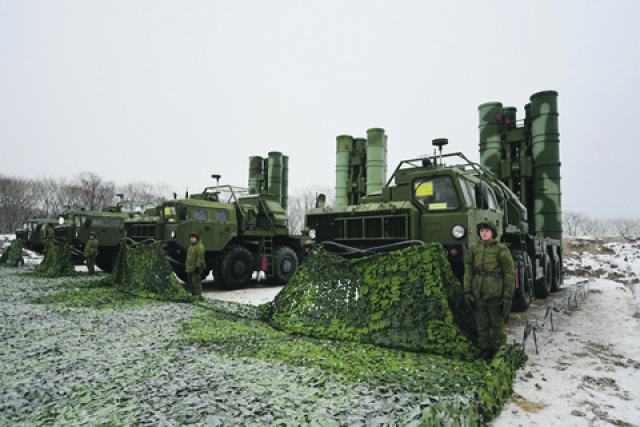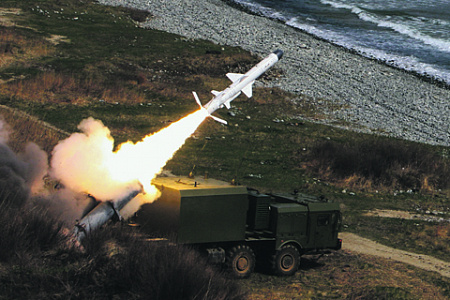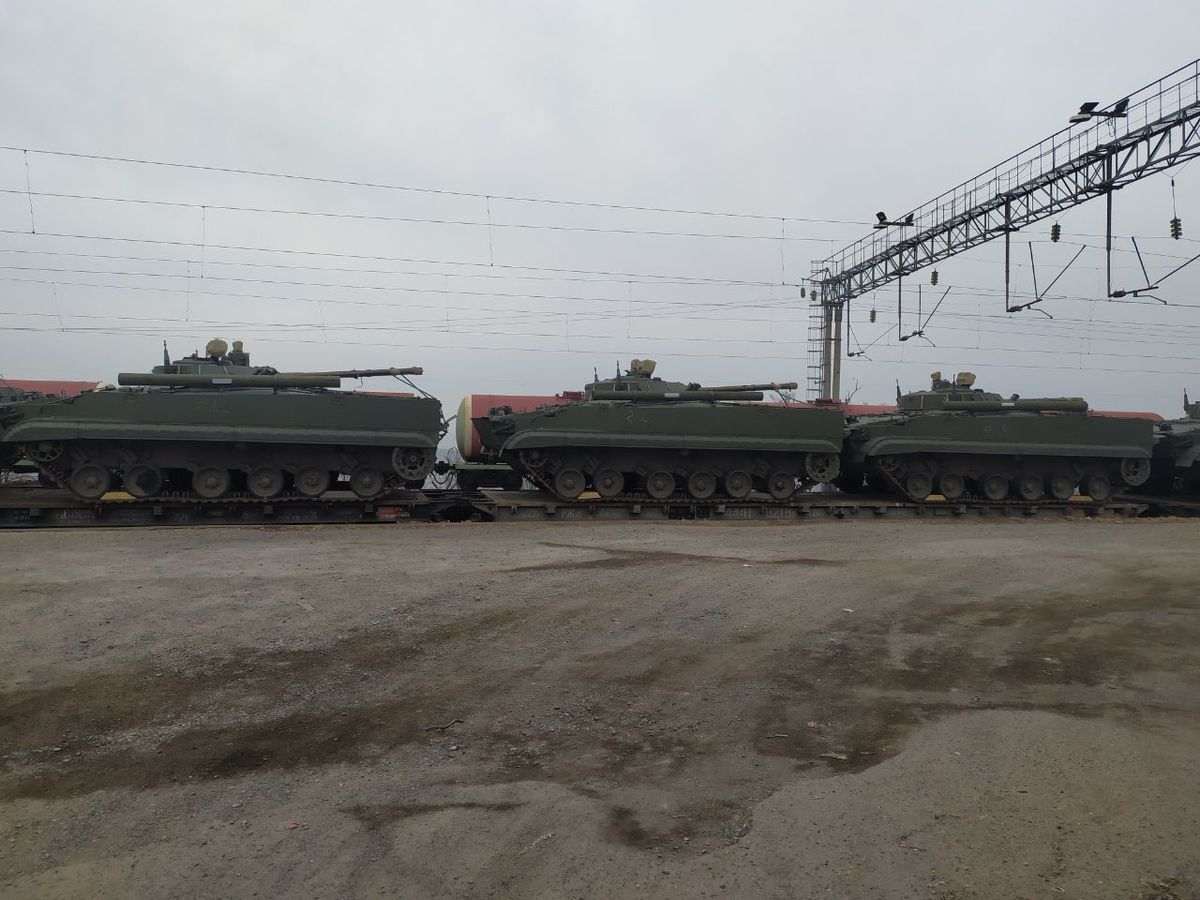Is Japan blocking the coveted islands?
One of the main news of March was the proposal of Japanese experts to implement the blockade of the Kuril Islands. The initiative in his article for the Internet portal Japan Newsweek was put forward by former diplomat Akio Kawatao. Such actions, according to the author of the article, will show Moscow the determination of Tokyo in the matter of returning, as it is considered in the Land of the Rising Sun, its ancestral territories. It can be noted that after the recent resignation of Japanese Prime Minister Shinzo Abe, the issue of disputed islands was again updated in the information agenda of Japan. It is also activated by the coming to power in the United States of President Joseph Biden – a politician, as recent events have shown, far from political sentiment.
In Russia, the proposals of the former Japanese diplomat were very skeptical. Dmitry Novikov, First Deputy chairman of the State Duma's international affairs committee, said that such statements do not cause any surprise or concern: Russia is required to take a firm position on the issue of the Kuril Islands regarding the recording of the results of the Second World War.
In recent years, the Russian Federation has made serious efforts to strengthen the protection and infrastructure of the Kuril Islands. The fleet of air defense systems on the islands has been updated. A group of Su-35 fighters took up combat duty, the latest coastal missile systems "Bastion" and "Bal", as well as electronic warfare equipment, were deployed. It is already clear that it will be extremely difficult for the likely enemy to land troops on the islands and conduct successful battles.
Meanwhile, the Kuril Islands are a remote Russian region. For example, from Yuzhno-Sakhalinsk to the island of Iturup more than 400, and from Vladivostok almost 1300 km. At the same time, not only military, but also social facilities on the islands are seriously dependent on the receipt of supplies from the "mainland". At the same time, the Kuril Islands are famous for their bad weather.
In early February, AN AN-12 military transport plane crashed at the Burevestnik airfield. The vehicle, belonging to the 35th displaced aviation regiment, was performing a regular flight from Khabarovsk in the interests of supplying the Russian group on the islands. As stated in the press service of the Eastern Military District, when landing after a planned flight in difficult weather conditions, the aircraft had a broken nose and left landing gear.
Therefore, we must admit that from a military point of view, the proposal of the Japanese ex-diplomat Aki Kawatao about a possible blockade of the Kuril Islands does not look so fantastic. Moreover, this option of a power solution was not previously considered. Therefore, it is interesting to understand how such a scenario of returning the Kurils from the sea will create an opportunity to return them to Japan.
HERBIVOROUS BLOCKADE
In his article, Aki Kawatao proposes to blockade two Straits – La Perouse and Sangarsky. The first one runs between the northern tip of Hokkaido Island and the southern tip of Sakhalin Island. It also connects the Sea of Japan and the Sea of Okhotsk. But Sangarsky – in Japan, it is called "Tsugaru" - is located between the islands of Honshu and Hokkaido. The idea of the Japanese author is clear: if you block these straits, then Russia will lose the only passages that connect Primorye with the Kuril Islands. This means that ships from the largest Russian logistics hub in the Far East – Vladivostok-will not get to the islands.
Meanwhile, it is not necessary to talk about a complete blockade of the Kuril Islands if such a plan is implemented. Russia will remain connected to Sakhalin and Kamchatka by sea. The air bridge will also remain with the islands.
It is noteworthy that the author of the article carefully avoids the question of how the La Perouse and Tsugaru Straits will be closed for Russian ships. Also, according to the former Japanese diplomat, it will be possible to implement the blockade only if Russia weakens to the state it was in the 1990s.
So, Aki Kawatao's plan looks quite controversial and, one might say, unrealizable. From a military point of view, it will not affect the military potential of Russia deployed in the Kuril Islands. Rather, the blockade will become a pronounced political pressure on the Russian Federation and its leadership. The option of closing the Straits of La Perouse and Tsugaru will not help Tokyo to return the Kuril Islands. Moreover, such actions are more likely to provoke a full-scale armed conflict in the region.
AND IF THEY GIVE THE ORDER?
But if we assume that Japan will still go on a full-fledged blockade of the Kuril Islands? As already mentioned, the main task of the blockade actions will be to weaken the Russian group on the islands. It is clear that the units of the Armed Forces of the Russian Federation will not need ammunition, food and other types of property. Fighting on land is not going on, which means that supplies are being spent slowly.
At the same time, the main problem of the garrison will be the replenishment of fuel and lubricants. Fuel is needed not only for military equipment. It operates generators that provide power to radar complexes, facilities in garrisons and field camps. Fuel is also important for social services and civil infrastructure. Taking into account the difficult climate of the islands, we are talking about the consumption of tens of tons of fuel per day.
Of course, in peacetime, the islands have created a reserve of it. But over time, it will start to dry up. Unfortunately, such volumes of fuel and lubricants will not be replenished with the help of an air bridge. Therefore, it will be necessary to conduct tankers to the blocked islands. At the same time, special infrastructure and equipped ports are needed for unloading such vessels. And there are not so many of them on the islands of the ridge – Yuzhno-Kurilsk on Kunashir, Kurilsk on Iturup and a number of others.
At first glance, you can block these harbors and wait for the Russian garrison to use up its fuel reserves. But in fact, it will be quite difficult to implement such a plan from a military point of view. Its successful implementation will require a whole range of measures.
First, it will not be possible to do without closing the Straits of La Perouse and Tsungar. The ships that carry out the blockade must reliably cover the north-west, that is, interrupt communications with Kamchatka and completely block this direction. It is optimal to place the blockade forces between the islands of Shikotan and Matua, or it is necessary to create a line at a sufficient distance from Paramushir.
Secondly, ports with oil terminals should be hit, which would block their operation. Ideally, we are talking about several massive air strikes with subsequent mining of their waters.
Third, submarine forces should be deployed on the approaches to the islands, as well as in the straits between them. They will be able to sink their own supply vessels, as well as prevent communication between the Kuril Islands with the help of small watercraft.

The S-400 Triumph anti-aircraft missile systems create a no-fly zone in the area of combat duty. Photo from the site www.vl.ru
OUR RESPONSE
What will the Russian side be able to answer in the event of the beginning of the blockade of the Kuril Islands?
To begin with, all the important airfields and ports on the Kuril Islands are currently covered by an anti-aircraft umbrella. We are talking about the S-300B4 divisions, which operate on the territory of the islands on rotation. Also in the 18th machine gun and artillery division there are several units of anti-aircraft missile systems "Tor-M1-2U".
Although the latter are somewhat inferior to the more modern "M2", but their combat capabilities are more than enough to intercept drones, as well as planes and helicopters. And most importantly, the "Tor" is one of the most effective means of combating high-precision aviation weapons of destruction: adjustable aerial bombs, various missiles, including cruise missiles. Their colleagues from Sakhalin will help the anti-aircraft gunners from the Kuril Islands. In March of this year, the 1724th anti-aircraft missile regiment, equipped with the latest S-400, as well as the Pantsir missile and gun systems, took up combat duty on the peninsula. The firing range of the "three-hundredth-B" and "four-hundredth" systems allows you to create reliable protection in the Iturup-Kunashchir-Yuzhno-Sakhalinsk triangle.
Therefore, to begin the blockade, the enemy will have to conduct a separate air operation. Its goal should be the simultaneous suppression of air defense systems both in the Kuril Islands and on Sakhalin. In this situation, the main problem will be the fight against mobile S-300V4. The capabilities of the system allow you to place its combat vehicles hidden in the forest, as well as constantly maneuver.
Theoretically, drones can help with the task of suppressing the divisions of the "three hundred-B" system. But if these SAMs cover the "Thors", then the UAVs will be useless. And even if it is possible to establish the positions of the S-300V4 units, it will take quite a lot of modern high-precision aircraft weapons to cope with them. At the same time, the losses among the attacking aircraft will be impressive.
An important role in the fight against the blockade of the Kuril Islands will be performed by the ship group of the Pacific Fleet. During the threatened period, ships from the Primorsky Flotilla of heterogeneous forces, in particular the 36th Division of missile ships, may move to the ridge area.
In this case, we are talking about the Varyag missile cruiser, several large anti-submarine ships, including the recently upgraded Marshal Shaposhnikov. Now in its arsenal of supersonic anti-ship missiles "Yakhont", subsonic cruise missiles "Caliber". In the future, the updated frigate will also receive a hypersonic "Zircon".
However, ships from Primorye will again have to make their way through the La Perouse Strait. In this case, the submarines of the 19th Submarine Brigade can provide important support to the Russian group on the islands of the ridge. It consists of several new diesel-electric submarines of the project 636. When operating in the coastal waters of the Kuril Islands, these submarines will be particularly effective both for fighting enemy ships and their submarines. If necessary, the submarines can deliver a high-precision strike with Kalibr cruise missiles.
To help them, they can come to the ships, the commands of the troops and forces in the north-east of Russia, which are based in Kamchatka. We are talking about two new corvettes of the project 20380 and one 20385. The main advantage of these ships is the presence of modern air defense systems that are similar in their tactical and technical characteristics to the land S-400. Also on board the corvettes are the latest anti-ship missiles X-35U.
Unlike their colleagues from Primorye, ships from Kamchatka will not need to break through the Straits. Therefore, they can be quickly deployed in the coastal waters of the islands. In this area, the corvettes 20380 and 20385 will operate in comfortable conditions. They will be able to deliver quick strikes on the blocking ships and withdraw to the Kuril Islands.
Also, an important task for the likely enemy in the event of the beginning of the blockade, will be the suppression of coastal missile systems. Currently, several divisions of the Bal and Bastion DBK are deployed on the Kuril Islands. Also, since the end of last year, another coastal missile brigade has been operating on Sakhalin.
Russia has another trump card in the Far East – a Long-range aviation division. It consists of two regiments of heavy missile carriers Tu-95MS and one regiment of supersonic Tu-22M3. The 277th Bomber Regiment from Primorye can also help the "strategists". It is armed with Su-34 fighter-bombers.
FAR OUT TO SEA
So, let's try to simulate the operation of the blockade of the Kuril Islands. For the enemy, everything will depend on speed and stealth. If the plan is successfully implemented, he will be able to deploy his forces before the ships and submarines of the Pacific Fleet appear in the area of the islands, as well as Su-34 fighter-bombers that can be quickly transferred to Sakhalin or Kamchatka. But given the availability of modern intelligence tools in Russia – this option is unlikely.
Therefore, the enemy will need to deliver the first disarming strike on the air defense on Sakhalin, as well as on airfields in Primorye and naval bases in the Vladivostok area. Ideally, you should also try to "knock out" long-range bombers. But the latter are based in the Amur region, and it is not so easy to get them. And in the case of the Tu-22M3 is not realistic at all. The regiment of these missile carriers is stationed near Irkutsk.
Also, at the same time, it will be necessary to strike at the locations of coastal missile systems on the Kuril Islands, as well as at the positions of S-300V4 anti-aircraft missile systems.
Until all targets are neutralized, it will be impossible for the ships that are conducting the blockade to begin this task. Therefore, they will be forced to stay far from the islands-either in ports in Japan, or in the east, in the Pacific Ocean. In this case, they become tasty targets for long-range aircraft. The latter will be able to use the latest X-101s to strike targets in naval bases, and supersonic X-32s to hit targets far out at sea.
Submarines of the 10th Division, which is based in Kamchatka, can also join the" long-range sea hunt". It consists of several submarines of Project 971 and 949. However, their timely deployment depends on how quickly the forces and means of intelligence reveal the enemy's plan.
It turns out that in order to proceed with the blockade of the Kuril Islands, the likely enemy will have to play a full-scale armed conflict in the region. At the same time, it is extremely unlikely that it will not lead to a sharp global escalation. Therefore, the fighting near the Kuril Islands will easily escalate into a full-scale war with the use of nuclear weapons. Obviously, the scenario of a naval blockade of Russian territory is not the best way for Japan to solve the problem of the"northern territories". This is not only another dead-end military solution, but also an extremely dangerous military enterprise. In any case, Russia has openly announced how it will act in the event of an attack by a state that has missile defense and nuclear weapons delivery systems. For Tokyo, this is the presence of American ships, as well as fighter carriers of B61 – 12 F–35 Lightning nuclear bombs.
Alexey Ramm
Alexey Mikhailovich Ramm – military expert.







